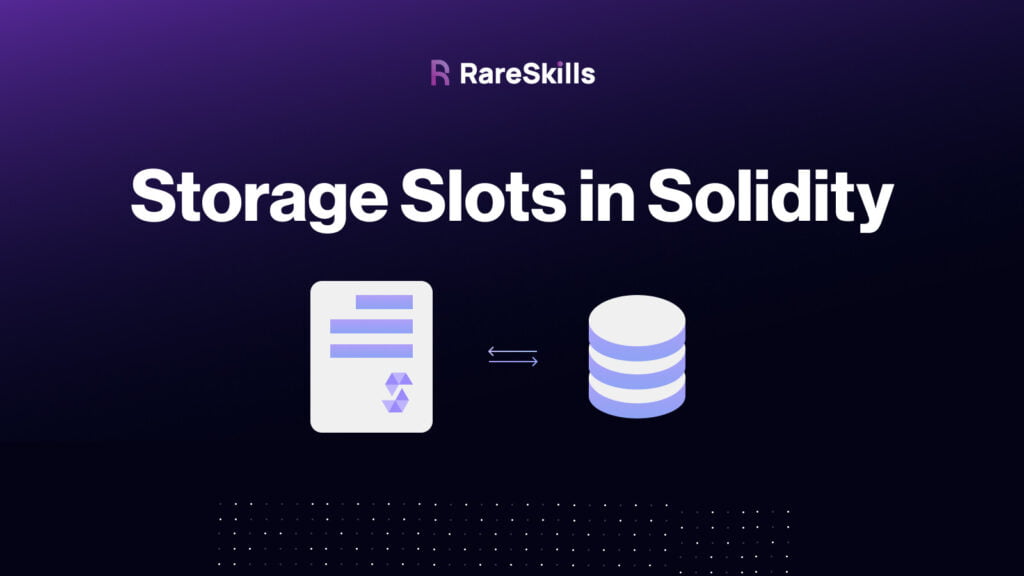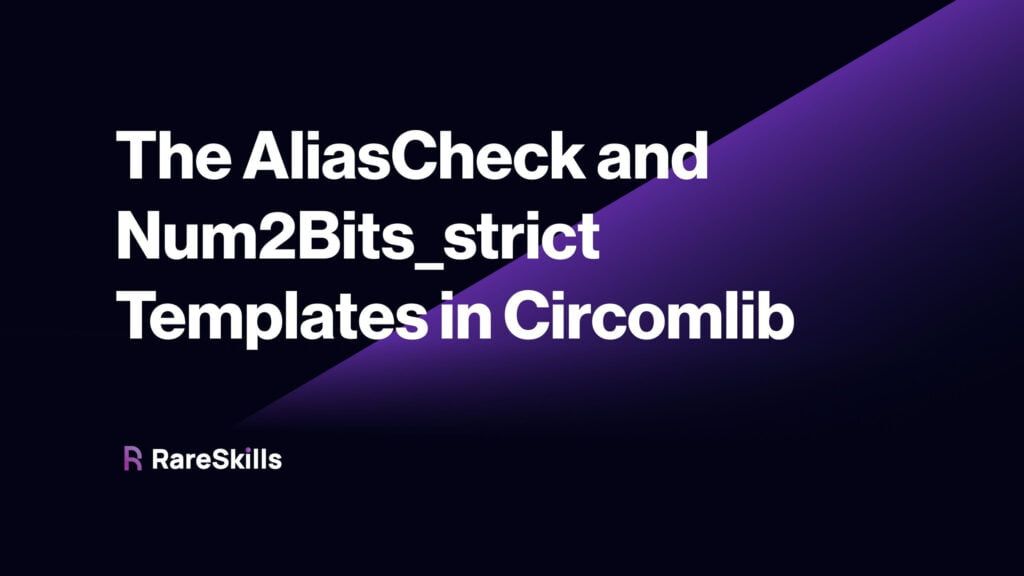Polynomial Commitments Via Pedersen Commitments
Polynomial Commitments Via Pedersen Commitments A polynomial commitment is a mechanism by which a prover can convince a verifier a polynomial $p$ has an evaluation $y = p(x)$ at point $x$ without revealing anything about $p$. The sequence is as follows: The prover sends to the verifier a commitment $C$ to the polynomial, “locking in” […]





